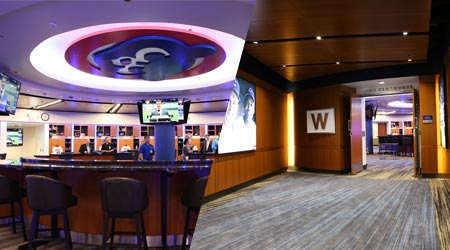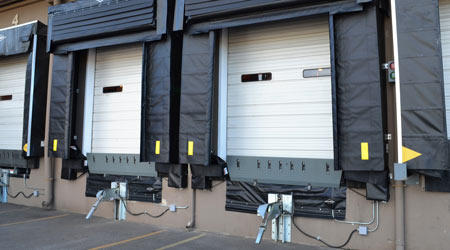
ASHRAE Study Models 30 Optimal Energy Efficiency Measures
May 26, 2016
By applying 30 energy savings measures across a test group of buildings which included all building types and climate zones, researchers were able to cut energy use by nearly half, according to results of research funded by ASHRAE.
The national weighted change is 47.8 percent more energy efficient than Standard 90.1-2013 based on site energy and 47.8 percent more energy efficient than 90.1-2013 based source on energy, says ASHRAE.
For the project, researchers assembled a list of energy efficiency measures that can be included in the design of non-residential buildings. The list included both commonly used and cutting edge energy efficiency measures, according to Jason Glazer, principal engineer for GARD Analytics who oversaw the project.
From the resulting list of almost 400 measures, 30 were chosen for additional analysis. Sixteen prototype buildings that were consistent with Standard 90.1-2013, Energy Efficiency Standard for Buildings Except Low-Rise Residential, across 17 climate zones were used as baseline models. The 30 measures then were individually modeled.
The 30 energy efficiency measures modeled were:
LED Exterior Lighting
Highest Efficiency Office Equipment
High Performance Lighting (LED)
Shift from General to Task Illumination
Optimal Daylighting Control
Optimal Roof Insulation Level
Optimal Choice of Vertical Fenestration
External Light Shelves
Daylighting Control by Fixture
High Performance Fans
High Performance Ducts to Reduce Static Pressure
Demand Controlled Ventilation/CO2 Controls
Multiple-Zone VAV System Ventilation Optimization
Optimal Water/Air Cooling Coils
Occupant Sensors for Air Handling Equipment
Energy Recovery Ventilators
Indirect Evaporative Cooling
High Efficiency/Variable Speed Packaged DX Cooling
High Efficiency Heat Pumps
Ground Source Heat Pump
High Efficiency and Variable Speed Chillers
Heat Recovery from Chillers
High Efficiency Boilers
High Efficiency Building Transformers
Chilled/Cooled Beam
Dedicated Outside Air System with Heat Recovery
Underfloor Air Distribution
Hybrid/Mixed Mode Ventilation
Radiant Heating and Cooling and DOAS
Variable Refrigerant Flow Air Conditioning
Each of the 30 measures, often with many options, was applied to each building and climate combination. In general, the measures were applied in the following order:
Reduce internal loads
Reduce building envelope loads
Reduce HVAC distribution system losses
Decrease HVAC equipment energy consumption
Major HVAC reconfigurations
After each measure was applied to each of the 272 building and climate combinations, if the energy consumption was reduced, it remained in the model. After all 30 measures were applied, the projected U.S. national weighted energy consumption for new buildings was nearly cut in half compared to Standard 90.1-2013.
First costs were not considered in the ASHRAE 1651-Research Project, “Development of Maximum Technically Achievable Energy Targets for Commercial Buildings: Ultra-Low Energy Use Building Set.” This was done deliberately to show what is possible if money is no object, and to help advance design, standards and codes by providing an ultimate goal, says Glazer.
“It is useful to understand how far energy efficiency measures can go to reduce the use of energy in the built environment,” Glazer said. “It is also important to understand that many of the measures used in the project are widely available today.”
This Quick Read was submitted by Naomi Millán, senior editor of Building Operating Management magazine, naomi.millan@tradepress.com. For more on high-performing buildings, go to https://www.facilitiesnet.com/15882bom
Next
Read next on FacilitiesNet












